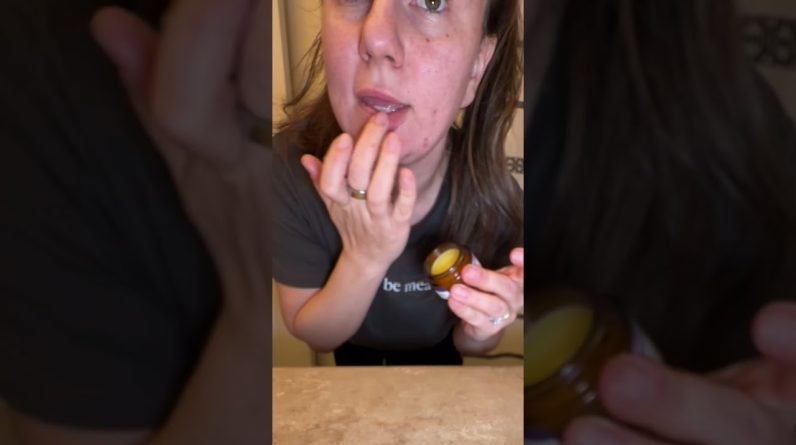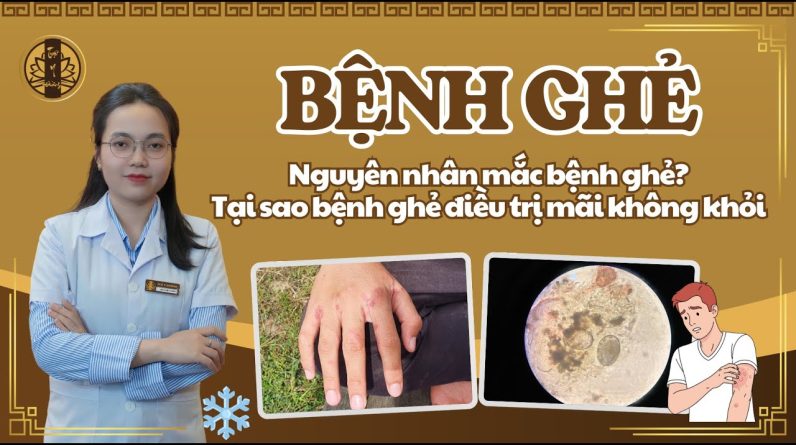Watch more First Aid: When Nature Attacks videos:
Uh… did you just sit in a patch of poison ivy? Yeah you did! Now what?
Warning
Seek medical attention immediately if you experience a severe allergic reaction to poison ivy, such as a swelling of the mouth or nose, difficulty breathing or swallowing, or a high fever.
Step 1: Clean the area with rubbing alcohol and cold water
If you’ve been exposed to poison ivy and you act quickly, you may be able to avoid an outbreak. Pour rubbing alcohol on the area that came in contact with the plant, then rinse with cold running water.
Tip
Do not rinse with warm or hot water, which can cause the plant’s oils to be absorbed more quickly. Also, to avoid spreading the oils, don’t take a bath, and avoid showering without first rinsing.
Step 2: Wash with soap and water
Use soap and water to thoroughly wash the area. This might help prevent the outbreak. Scrub under your fingernails, and immediately remove and wash your clothes (and anything else that might have the plant’s oils on it) in hot water.
Tip
If you have one on hand, use a poison ivy-specific cleanser, like Tecnu or Zanfel.
Step 3: Know the signs of a poison ivy outbreak
Be on the lookout for the symptoms, which appear between four and 48 hours after exposure. They can include redness, itching, swelling, and blisters. Although you won’t be able to cure the rash, you can help reduce the itching.
Warning
If an outbreak covers your entire body, or is on your eyes, mouth, or genitals, see a doctor.
Step 4: Use anti-itch products
Once the outbreak has begun, use over-the-counter anti-itch products, like hydrocortisone cream, calamine lotion, and menthol creams (like Sarna). See which works best for you, and don’t scratch any blisters!
Step 5: Apply cool compresses
Applying cool compresses to the affected area can help relieve irritation. Also, instead of water, you can use an astringent solution with aluminum sulfate, like Domeboro.
Tip
A natural remedy is to rub on the sap of the jewelweed plant, also known as touch-me-not. It’s found in damp, shady areas, often near poison ivy. From summer to fall, look for orange trumpet-like flowers.
Step 6: Take a colloidal oatmeal bath
Still suffering? Soak in a cool tub filled with water and a colloidal oatmeal treatment (like Aveeno).
Step 7: Take an oral antihistamine before bed
Before bed, take an oral antihistamine, like Benadryl, to help with the symptoms and make you drowsy.
Step 8: See a doctor
If the blisters begin to ooze pus, if you develop a fever above 100°, or if the outbreak doesn’t clear up within a few weeks, see a doctor. You may have caused a secondary infection by scratching and could need antibiotics.
Did You Know?
Global warming has made poison ivy 50% to 75% stronger and more toxic than it was 50 years ago.
source




![Are you craving some exfoliating magic? 🪄 [Do this for dry, eczema skin] 4 1767260696 maxresdefault](https://eczemanews.com/wp-content/uploads/2026/01/1767260696_maxresdefault-796x445.jpg)



